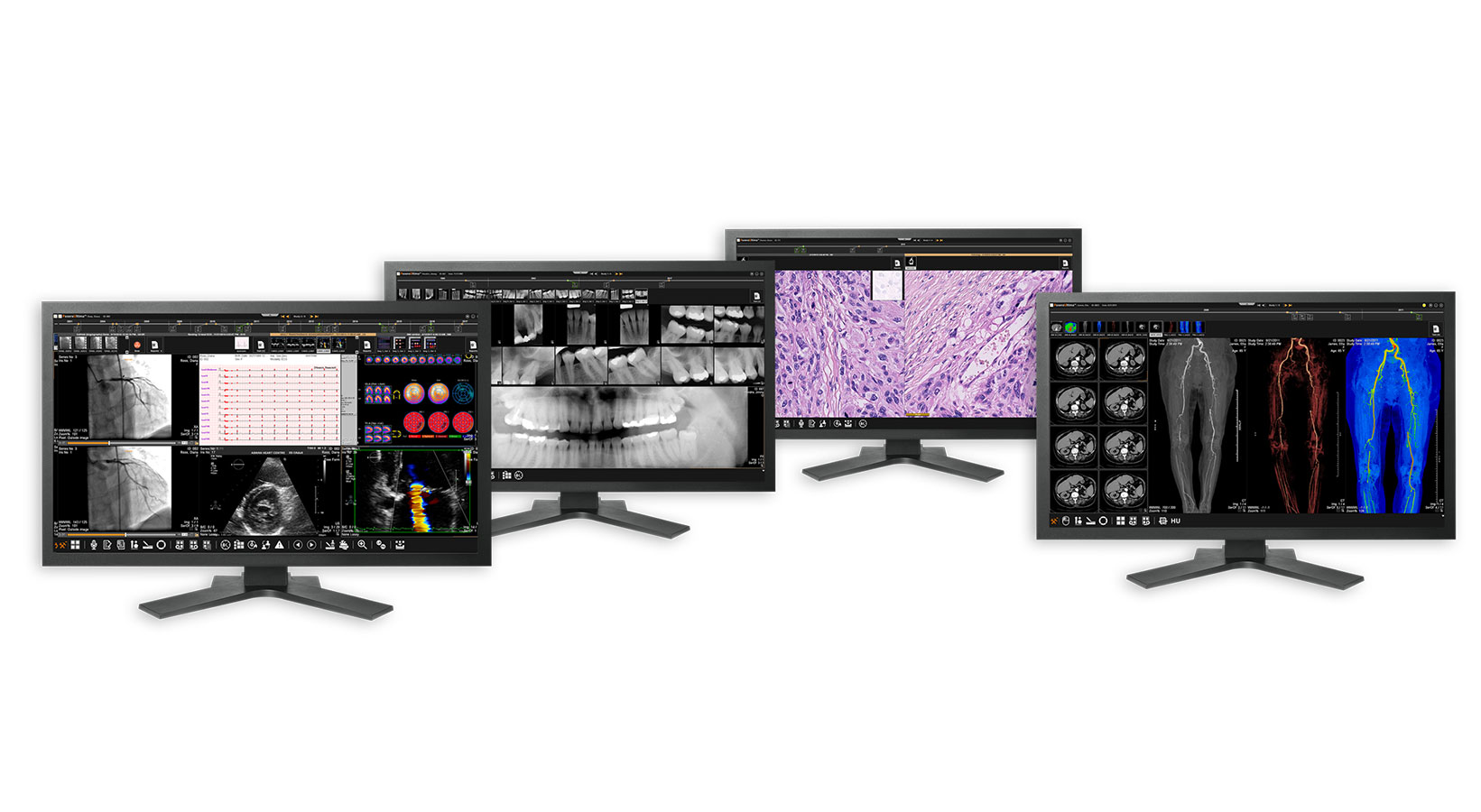What is a Picture Archiving and Communication System?

Most healthcare facilities believe in providing transparency to their patients. However, many patients are completely unaware of the technologies that are often used to assist with their diagnosis and treatment. This includes the use of PACS System.
PACS are Used to Store and Retrieve Medical Images
PACS is a term that most healthcare professionals are familiar with. PACS is an acronym for picture archiving and communication system. It is a technology used for medical imaging.
These systems are used by hospitals and other healthcare facilities to store and share the images created by various medical equipment, such as x-rays, MRIs, ultrasounds, and CT scans.
In the past, medical images were physically stored. The x-rays were placed in film jackets and then filed in cabinets. As with all forms of manual filing, this process was inefficient.
Computer systems have helped many industries eliminate or reduce the need for manual filing. Storing information digitally provides easier access. With PACS, patient images are uploaded to a central archive and accessible by a variety of devices and workstations.
PACS Allow Multiple Departments to Share Images
One of the primary benefits of using PACS is to improve patient care. Depending on the medical issue, a patient may require specialists from multiple departments to analyze the results of his or her scans. With these systems, it is easier for healthcare professionals to review the same images and share their input.
In most medical situations, time is essential to providing quality care. Before the use of PACS, if a patient needed a second opinion, the patient’s medical images would need to be physically sent to another specialist.
There were also compatibility issues with older medical systems. In some cases, a specialist would need to visit another department just to view the medical image. PACS eliminates this hassle by allowing staff to view the images from other computers, workstations, and even smartphones or tablets.
PACS Provides a Secure Way to Store Patient Records
Using PACS, the equipment used to produce the medical image creates a digital copy that is sent to a central database. This is the picture archiving aspect of PACS. The communication aspect of PACS refers to the retrieval of the medical images across a secure network.
Instantly archiving patient images reduces the risk of losing, misplacing, or misfiling the images. The images are digitally stored and retrievable from various workstations. In some cases, healthcare professionals can access the images via a web-based interface from any internet-connected device.
Last Thoughts on Picture Archiving and Communication Systems
Most healthcare facilities have integrated a picture archiving and communication system as their primary method of storing medical images. These systems provide a faster way to store and retrieve patient records.
PACS will likely continue to act as the main solution for archiving patient information. However, there are still some compatibility issues with the types of images created by various medical equipment.
The use of vendor neutral archives (VNAs) helps to address these issues by creating a standard format for storing medical images.
If you are curious about how your medical images are stored, ask your healthcare professional whether they use PACS.